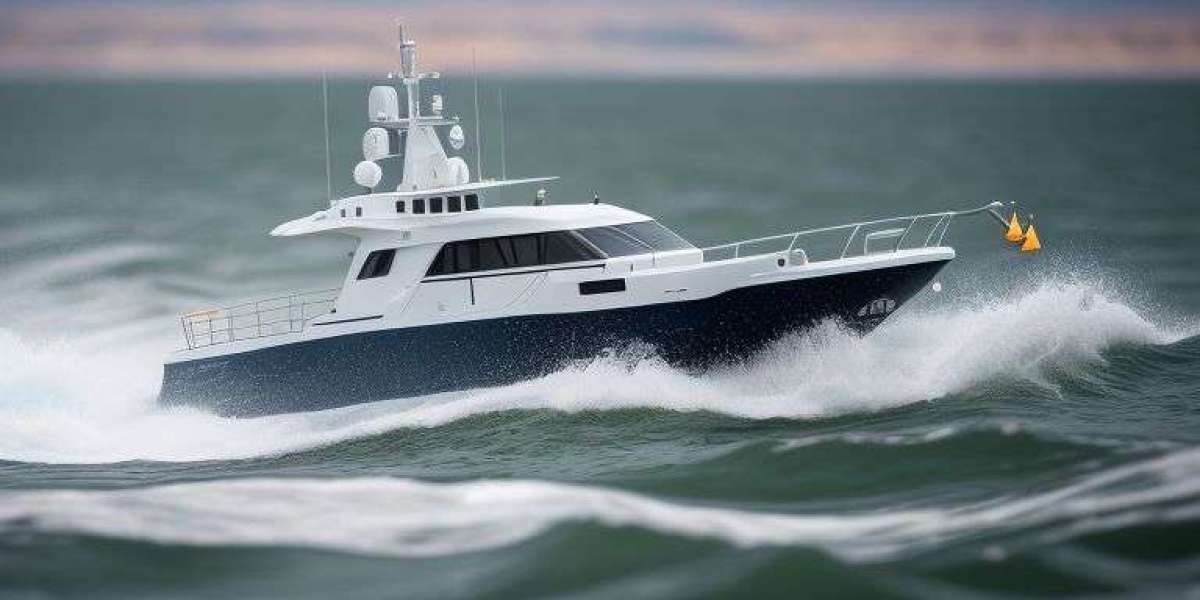Introduction
Our seas are undergoing a stealthy but important shift. Climate change, with its increasing temperatures and melting ice caps, is altering our planet, particularly its coasts.
As sea levels rise and storms intensify, understanding these changes becomes not just a source of concern, but also a necessary for the safety and resilience of our coastal communities.Enter hydrographic services, the unsung heroes of our fight against the consequences of climate change on our coastlines.
These services, which use cutting-edge technology and professional methodologies, are critical in mapping the complex contours of our ocean bottoms and coastal zones. But how can hydrographic surveys add to our understanding of sea-level rise and coastal vulnerability? Let's dig in.
Mapping the Unknown
Imagine navigating a ship without a map; it's a dangerous task, to say the least. Hydrographic surveys are the navigational charts for our seas, offering comprehensive maps of undersea topography.
Hydrographic services use cutting-edge sonar equipment, satellites, and other cutting-edge instruments to correctly measure water depths, locate underwater structures, and build complete coastline maps.
Monitoring Sea Level Rise
One of the most concerning impacts of climate change is the consistent rise in sea levels. Hydrographic surveys are useful for monitoring and recording these changes over time.
Scientists can accurately measure fluctuations in sea levels by surveying coasts and comparing data on a regular basis, allowing them to forecast future trends and develop adaption plans.
Assessing Coastal Vulnerability
Coastal areas are at the forefront of climate change, with heightened threats from floods, erosion, and storm surges. Hydrographic surveys give critical information for assessing coastal vulnerability and identifying regions at high risk of flooding.
By examining data on shoreline changes, sediment movement, and bathymetric profiles, professionals may identify vulnerable coastal zones and build tailored mitigation and adaptation programs.
Informing Decision Making
Informed decision-making is critical for effective climate resilience planning. Hydrographic data provides legislators, urban planners, and emergency responders with the information they need to make strategic decisions about coastal expansion, infrastructure investment, and disaster readiness.
Communities that incorporate hydrographic information into decision-making processes can better protect lives, property, and natural resources from the effects of climate change.
Collaborative Solutions
Meeting the issues of climate change necessitates a collaborative effort. Hydrographic services promote collaboration among governments, scientists, non-governmental organizations (NGOs), and industry players by enabling data exchange, research collaborations, and cooperative efforts.
By collaborating, we can harness the potential of hydrographic data to create new solutions and a more resilient future for our coastal towns.
Conclusion
In the face of climate change, information is our most valuable asset. Hydrographic services offer essential insights into the changing dynamics of our seas and coastlines, allowing us to better understand and mitigate the effects of sea-level rise and coastal vulnerability. By using the experience of hydrographic specialists and the power of new technology, we can confidently handle the difficulties ahead, paving the way for a more sustainable and resilient future for future generations.








